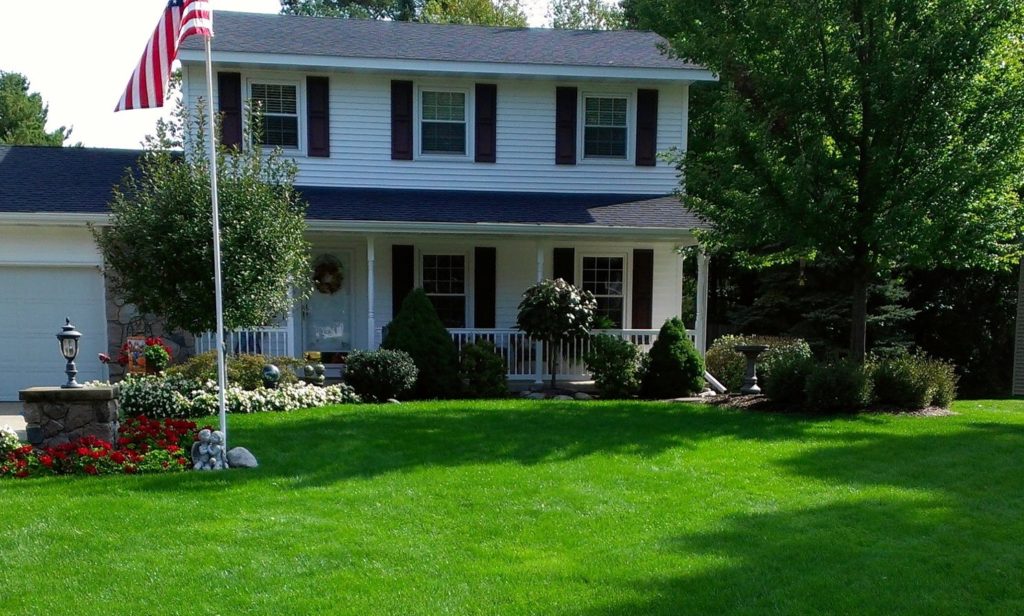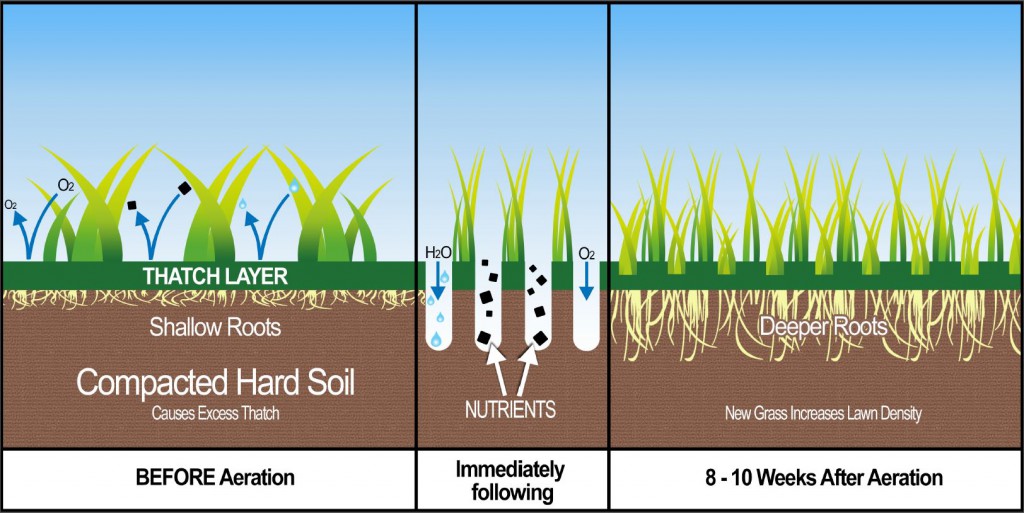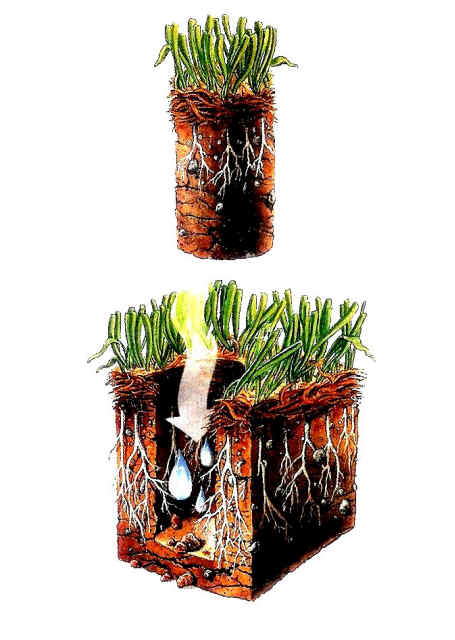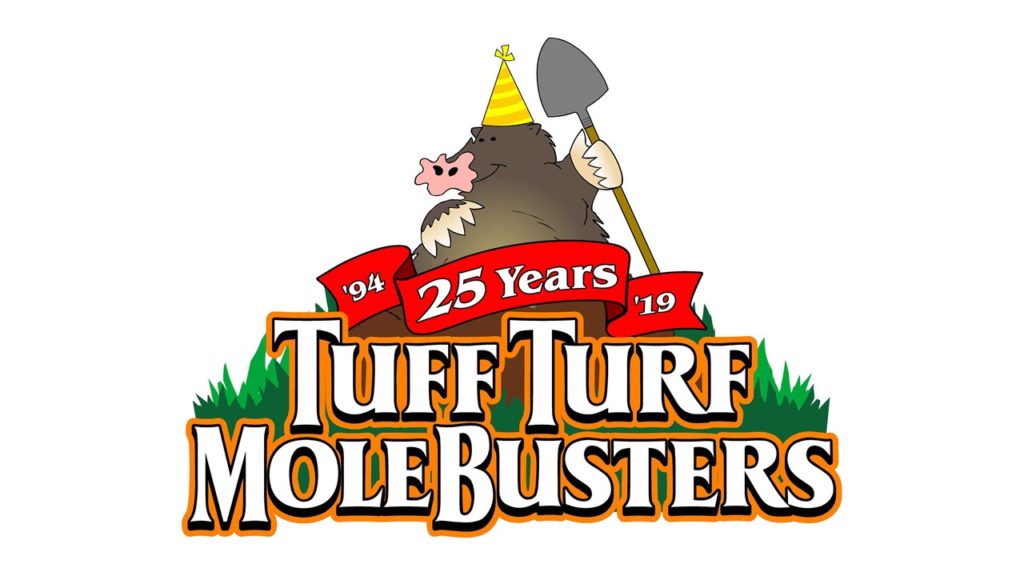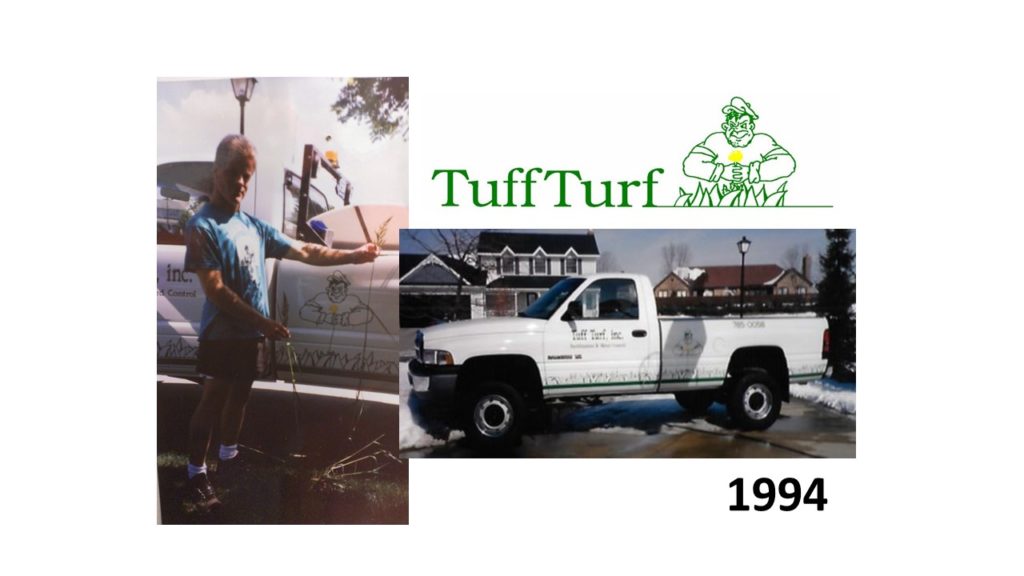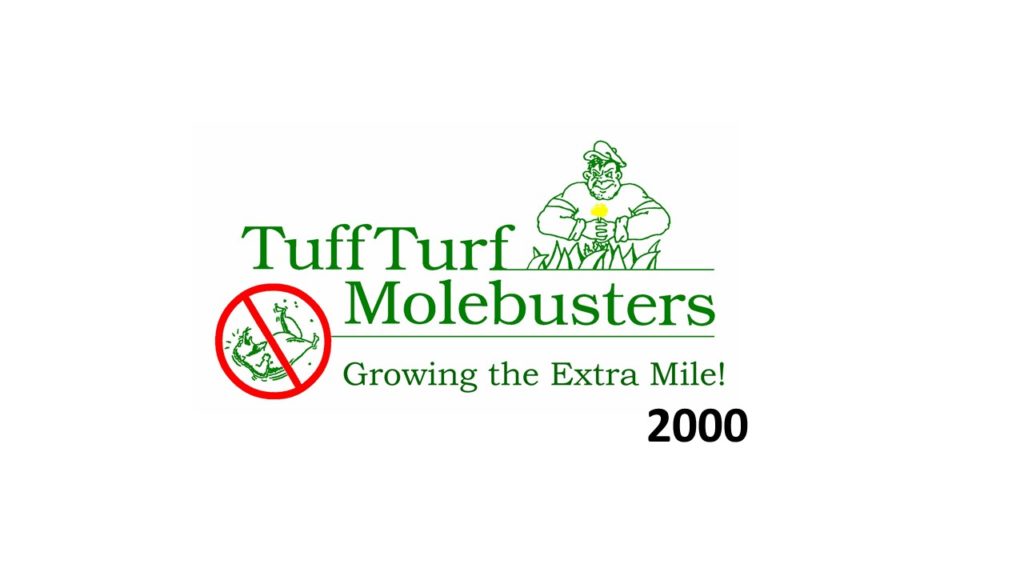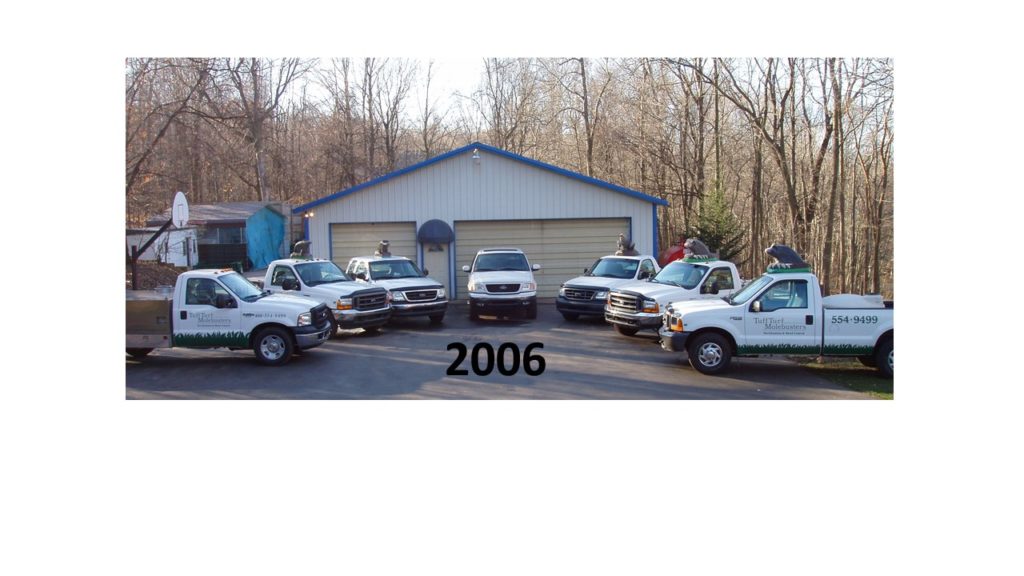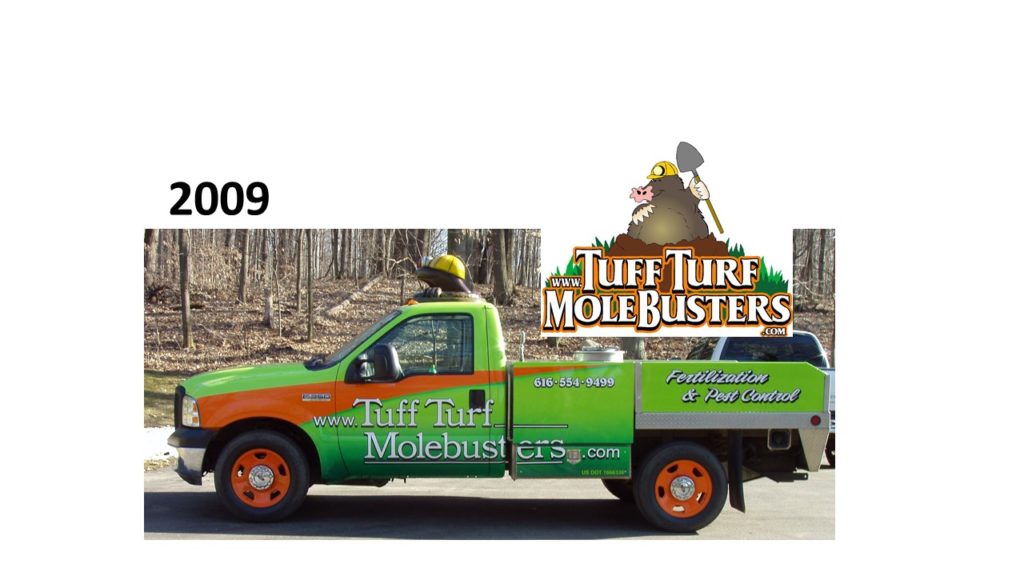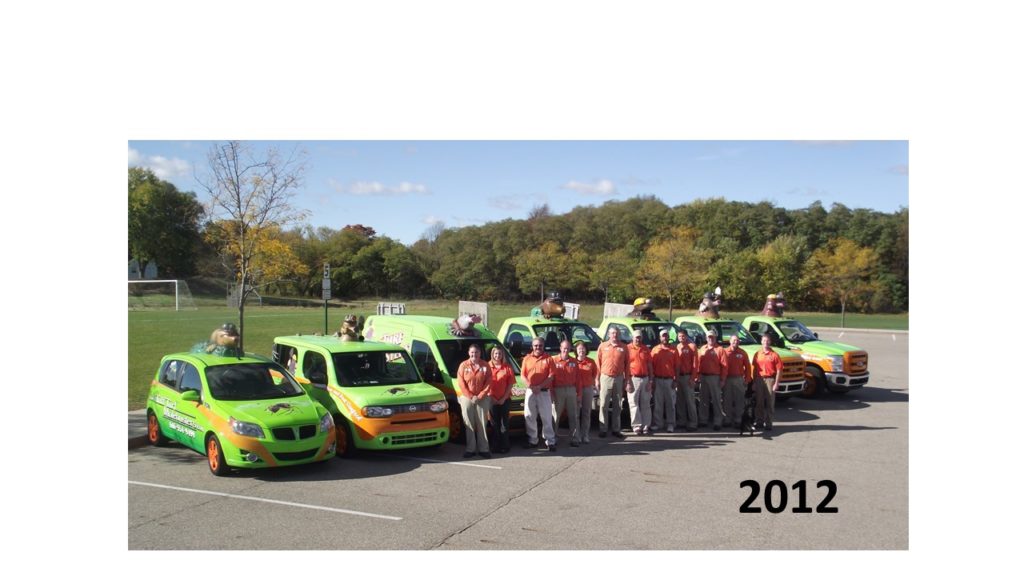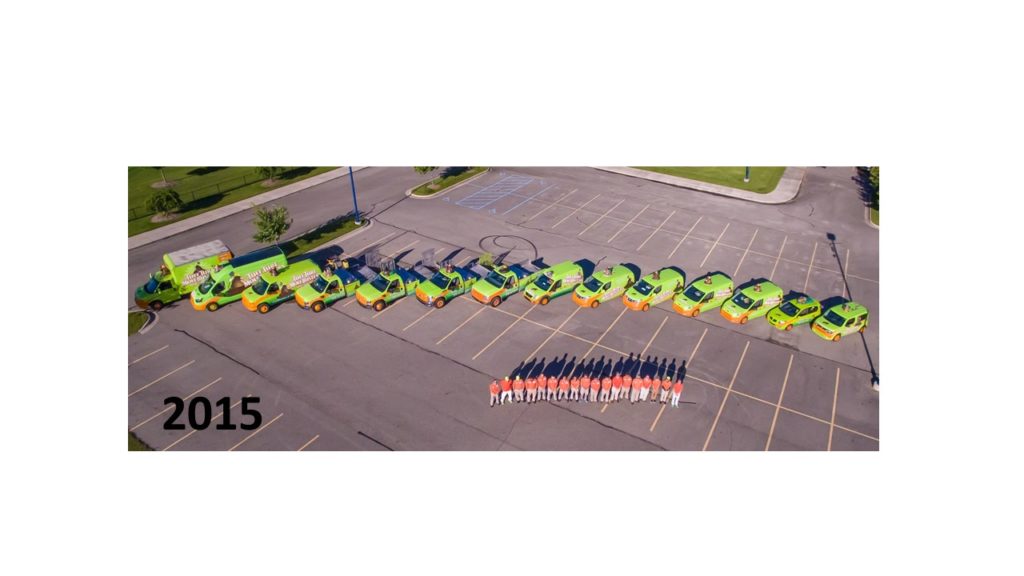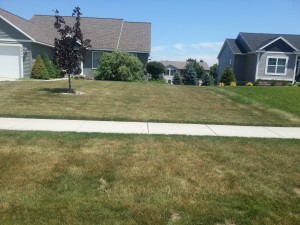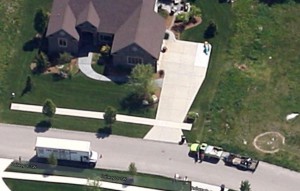This week will be a scorcher. Do not wait for your lawn to turn brown before you sprinkle. If you wait for the lawn to turn brown it takes 4 times as much water to bring the grass back. I am afraid this email may be too late for some, but make sure you are watering your lawn twice a day now. Once at 4:00 AM, and again at 1:00 PM, assuming there are no sprinkling bans in your area. Your grass is a lot like humans. If you work or exercise outside all day you need to take care of yourself by drinking lots of water on a continuous basis. It would not be wise to try to conserve your bottle of water until you are light headed, your sweating stops, you have stomach cramps, dizziness, and other signs of heat fatigue. An IV and a trip to the urgent care cost a lot more money and time than bottles of water throughout the day.
Watering Your Landscaping
Trees are the opposite of grass. Trees need deep watering cycles. Put a garden hose out at the base of your ornamental trees and let it trickle for several hours. Just because your grass is green, that does not mean your trees are getting enough water.
Mow your grass as high as you can, or skip it this week. Mowing your lawn during this heat can stress it out.
Continue This Conversation
I post these tips on Facebook. I would like to know how much you are watering to keep your grass green. Please comment on our Facebook page because I know there are other clients that are curious as well. I have not heard about any sprinkling bans in the Grand Rapids area. Please post if you are in a sprinkling ban.
Make sure to take care of yourself and your pets.
